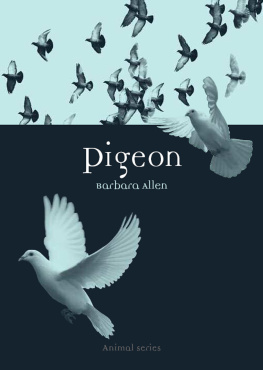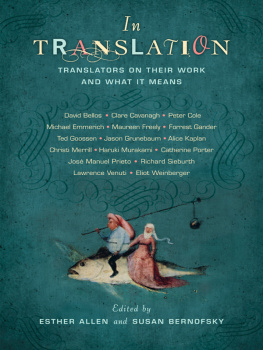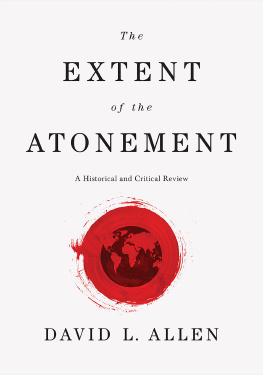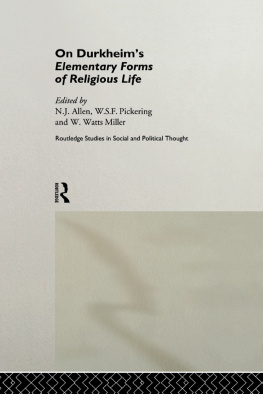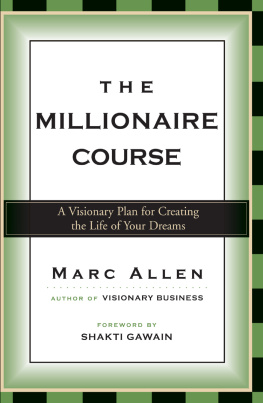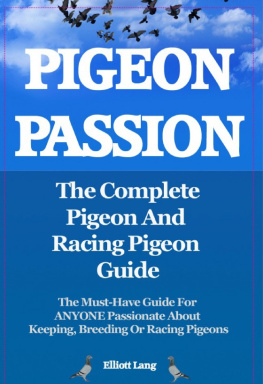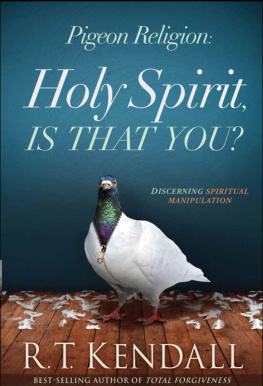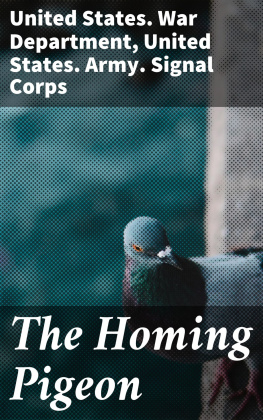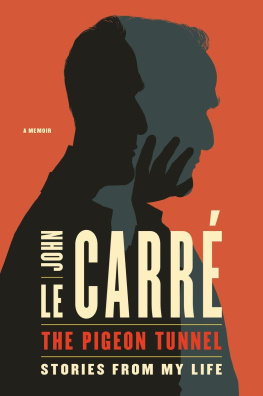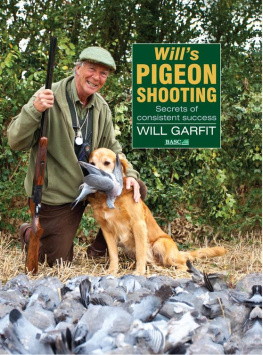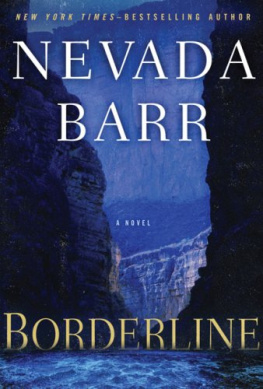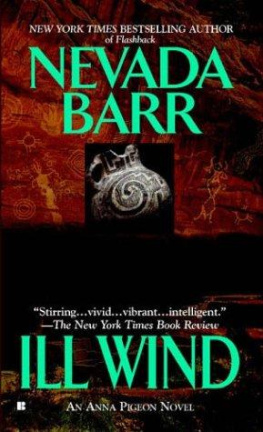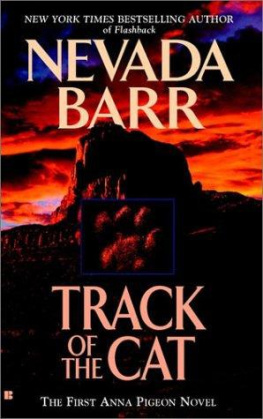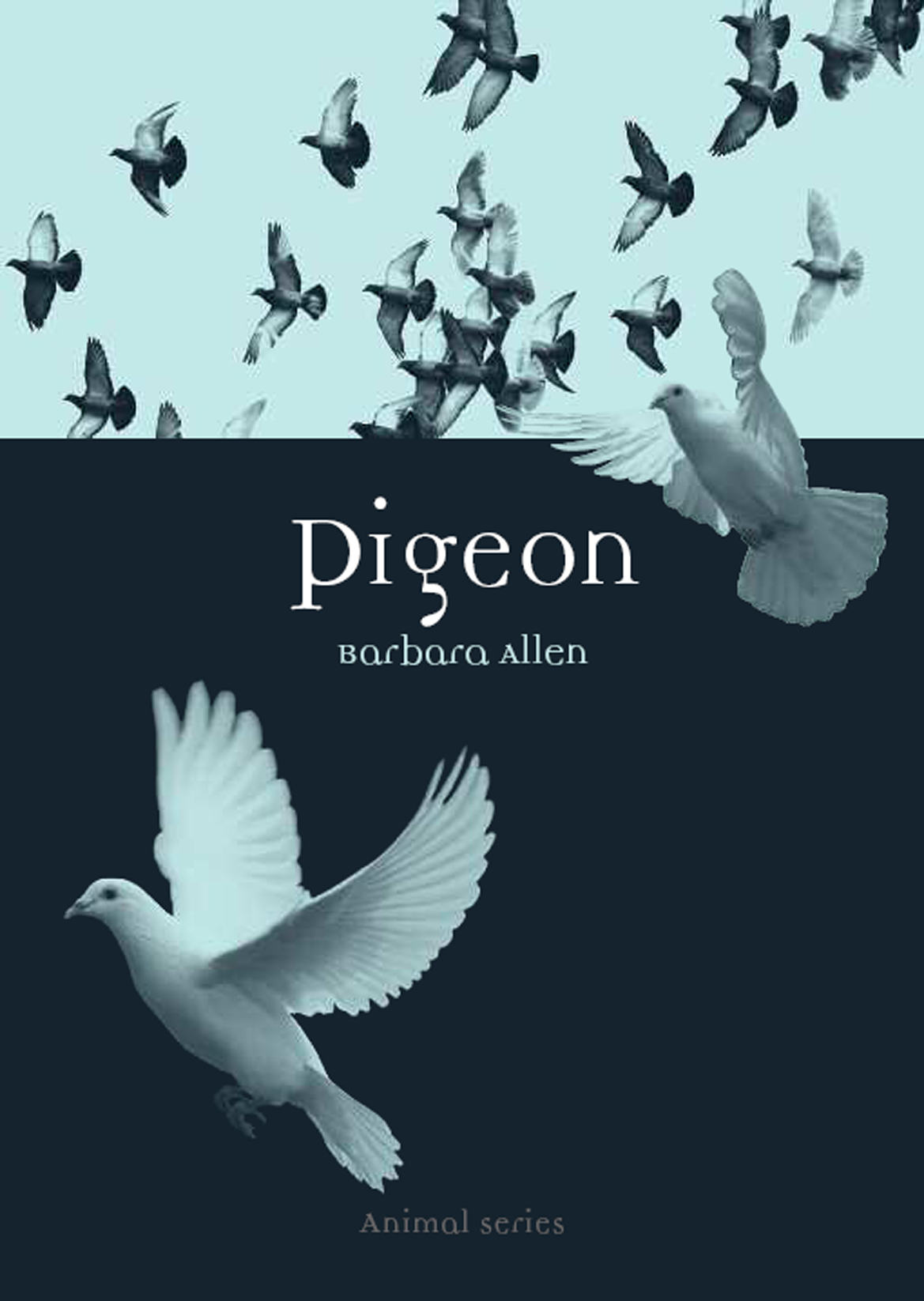Pigeon

Animal
Series editor: Jonathan Burt
Already published
Crow Boria Sax | Fox Martin Wallen | Spider Katja and Sergiusz Michalski |
Ant Charlotte Sleigh | Fly Steven Connor | Pig Brett Mizelle |
Tortoise Peter Young | Cat Katharine M. Rogers | Camel Robert Irwin |
Cockroach Marion Copeland | Peacock Christine E. Jackson | Chicken Annie Potts |
Dog Susan McHugh | Cow Hannah Velten | Wolf Garry Marvin |
Oyster Rebecca Stott | Duck Victoria de Rijke | Ape John Sorenson |
Bear Robert E. Bieder | Shark Dean Crawford | Butterfly Matthew Brower |
Bee Claire Preston | Swan Peter Young | Sheep Philip Armstrong |
Rat Jonathan Burt | Rhinoceros Kelly Enright | Giraffe Mark Williams |
Snake Drake Stutesman | Horse Elaine Walker | Eagle Ron Broglio |
Falcon Helen Macdonald | Elephant Daniel Wylie | Jellyfish Eva Hayward |
Whale Joe Roman | Moose Kevin Jackson | Penguin Stephen Martin |
Parrot Paul Carter | Eel Richard Schweid | Owl Desmond Morris |
Tiger Susie Green | Forthcoming |
Salmon Peter Coates | Hare Simon Carnell |
Pigeon
Barbara Allen

REAKTION BOOKS
For David, for Rhys (thank you for bringing home an injured squab during the writing of this book), and for my feathered friends, named (Bacardi, Chagall, Bert, Celeste, Olympia and Splash) and unnamed; you are truly magnificent!
Published by
REAKTION BOOKS LTD
33 Great Sutton Street
London EC1V 0DX, UK
www.reaktionbooks.co.uk
First published 2009
Copyright Barbara Allen 2009
This book has been published with the assistance of the Australian Academy of the Humanities
All rights reserved
No part of this publication may be reproduced, stored in a retrieval system or transmitted, in any form or by any means, electronic, mechanical, photocopying, recording or otherwise without the prior permission of the publishers.
Page references in the Photo Acknowledgements and
Index match the printed edition of this book.
Printed and bound in China by C&C Offset Printing Co., Ltd
British Library Cataloguing in Publication Data
Allen, Barbara
Pigeon. (Animal)
1. Pigeons 2. Pigeons Social aspects. 3. Pigeons in literature.
I. Title II. Series
598.65-DC22
eISBN: 9781861897114
Contents
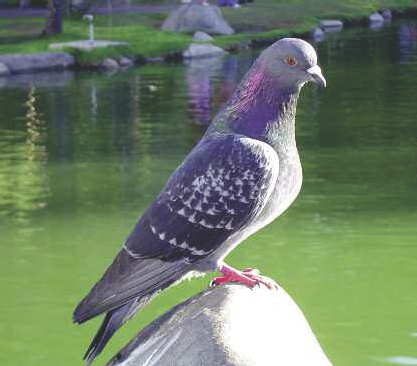
Introduction
In the Foreword to Carl Naethers The Book of the Pigeon and of Wild Foreign Doves, Naether writes: Long before I began actual work on the manuscript, a prominent fancier forewarned me: Dont you know that no pigeon book has ever become a best seller?
Most days I walk past the couple, on my way to the shopping centre. On a small side street, where little cottages undergo renovation, and warehouses are being converted into expensive places of residence they are there, resting, under a tree. Two pigeons, unremarkable perhaps, yet part of the landscape; a lesson in loyalty and resilience. The female has a problem with one leg, so she is more often than not sitting, while the male struts around her, cooing softly. They are well fed; the local workmen leave the remains of their lunch for them and in one of the cottages I have seen an elderly man come out and feed them crusts in the evening. Every now and again, a plastic, disused takeaway container is filled with water for them. All this, on the edge of affluence; the ordinary.
Pigeons; as I am writing this I can hear cooing in my garden. In the mornings I feed two rock pigeons, and the gatecrashers: the collared doves.
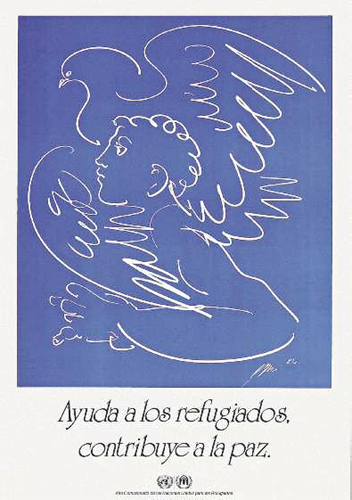

This was the winning poster in an international poster competition on disarmament in 1981. The winner was German artist Gerhard Voigt. This poster was used to help promote the UN General Assemblys second special session on disarmament, 79 June 1982.
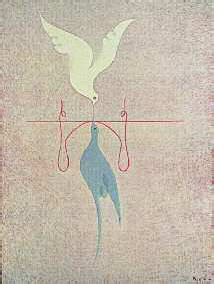
Benn, Peace and Justice (French version), UNESCO poster, 1979.
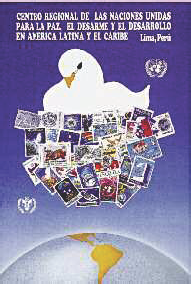
Rocco Callari, Stamps and Dove, Latin American poster illustrating UN postage stamps, issued by the UN Postal Administration.
Pigeons fascinate me. They have been our co-workers, delivering messages, helping during wartime, a source of food, a sport and obsession for many, and a suitable religious sacrifice. They have been winged messengers through the ages, relaying results from the early Olympic Games, football games and examinations. They have helped us unravel some of the mysteries of genetics and of navigation. Pigeons are similar to many in society: on the edge, unnoticed, yet vital in the history of civilization. But they are a paradox; doves are from the same family as the pigeon, yet they elicit quite different reactions. Stool pigeon and pigeon-toed are phrases with negative connotations, whereas if we dovetail something, that gauges a more positive response. These rats with wings became the symbol of peace. Would the United Nations change its dove to a pigeon? Would the manufacturers of Dove soap increase its sales by renaming their products Pigeon? What about Dove chocolate? Would we accord the same respect to the Bank of America and to Visa credit cards, both of which have doves as part of their logo, if we said they were pigeons? What about Christmas cards adorned with grey rock pigeons instead of white doves, or feral pigeons being released at a wedding, instead of pigeons that lack pigment? Having said that, some companies are using the word pigeon. There is a new line of baby/mothercare products from Asia called Pigeon, and a successful clothing label, Pigeon Combine (the clothing tends to be of two shades, grey and black, hence the name).

